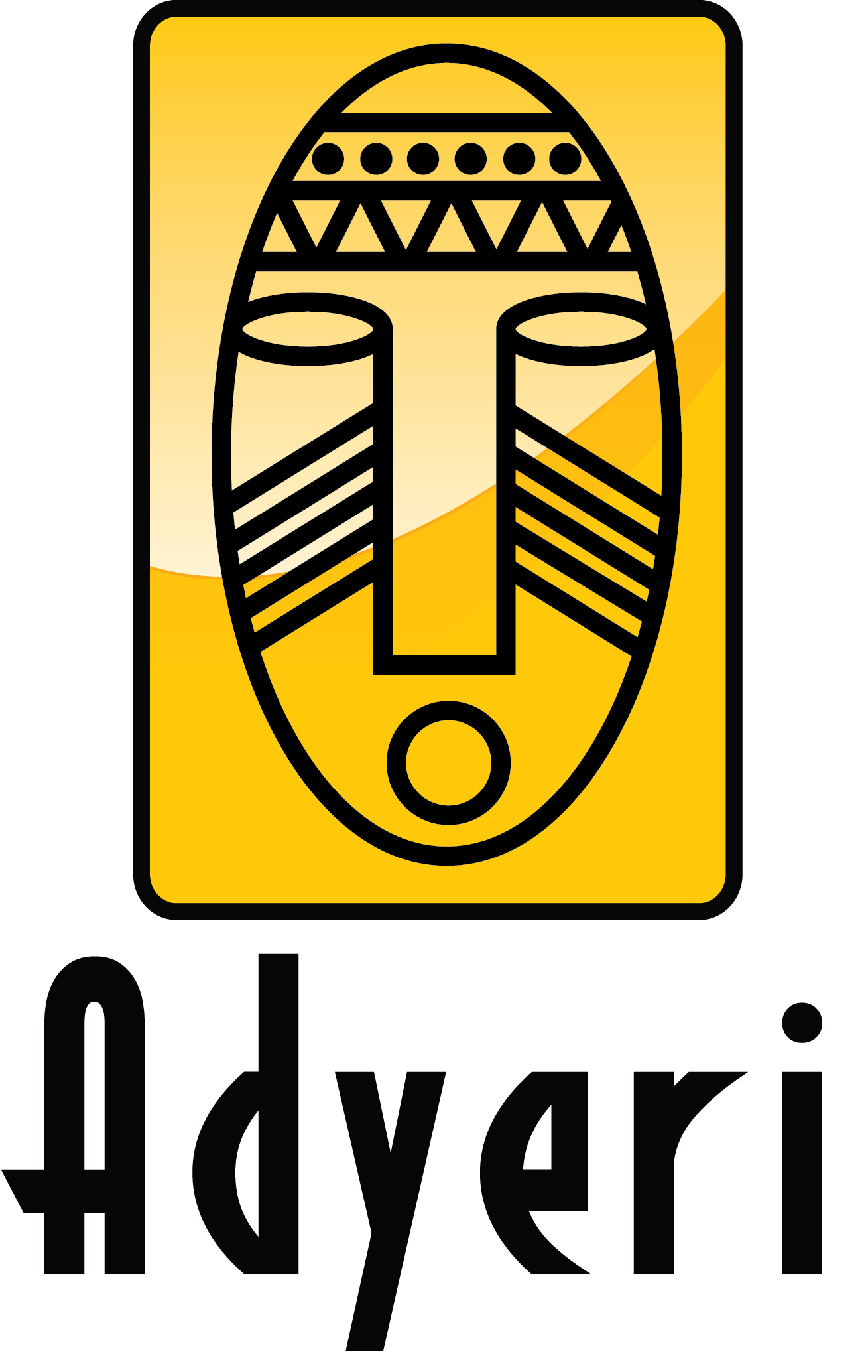Discover the second deepest lake in Africa Lake Bunyonyi
LAKE BUNYONYI
Lake Bunyonyi is in south western Uganda between Kisoro and Kabale and it is close the border with Rwanda. The distance from Kampala to Lake Bunyonyi is around 486 km. The lake has an area of about 60 km squared with a maximum depth of 900 meters. The lake was formed about 10,000 years ago when a river was dammed by lava. This is a place of many little birds in one of the safest lake in Africa and has a great number of islands some of them are historical namely;
Islands on lake bunyonyi
1. Akampene (Punishment Island)
On this island unmarried pregnant women were left here to starve to death or drown trying to swim to the shores, they were often saved by poor men who could not afford to pay bride price. Sometimes these women were rescued by canoeing fishermen at the lake.
2. Bwama
In 1914 it was an anti colonial rebel base of a famous leader Katuregye. In 1921, Dr Leonard Sharp, a missionary, founded a leprosy hospital here. After anti leprosy drug were introduced in the 1980s it become a boarding school.
3. Njuyeera
Dr Leonard‘s family lived on this island when he was not on duty in Kabale hospital. The island’s name itself (white cottage), originates from the house the family built. The island had a boat house, guest cottage tennis court, windmill and garden with guava and lemon trees.
Things to do at Lake Bunyonyi
- Swimming
- Canoeing and Boating
- Nature walks and hikes
- Relax and chill out
- Birding
- Mountain biking
- Cultural village visits
Some of the bird species at Lake Bunyonyi
1. Great White Egret
Largest of the white egrets and almost as large as grey heron. This egret is all-white, slender-bodied and long necked. It has along, strong yellow bill and distinctive, thin, black line extending from the gape to the behind the eyes. The legs are all-black. During breeding the bills turn black, the lores become green and long nuptial plumes grow down the back
1. Red-Chested Sunbird
Male is metallic blue-green on the head, neck and mantle, with a deep-red chest band, a black belly and long, elongated central tail feathers. In good light, a metallic-violet band can be seen across the chest and the rump and upper tail coverts. The female is dark brown above and buffy below, the central tail feathers are not elongated. Habitat; waterside vegetation near lakes, rivers and swamps.
1. Water Thick-Knee
A brown plover like-bird with a large head and distinctive large yellow eyes. Plumage streaked grey brown, with a conspicuous, black-edged, pale grey bar across the wings. Feeds in the early evening, at night and in the early morning, singly or in small groups. Spends the day sitting in any available waterside shades. Habitat; river banks, lake shores beaches and mangrove swamps.
Where to stay
- Bushara Island camp
- Heritage Lodge
- Arcadia Lodge





